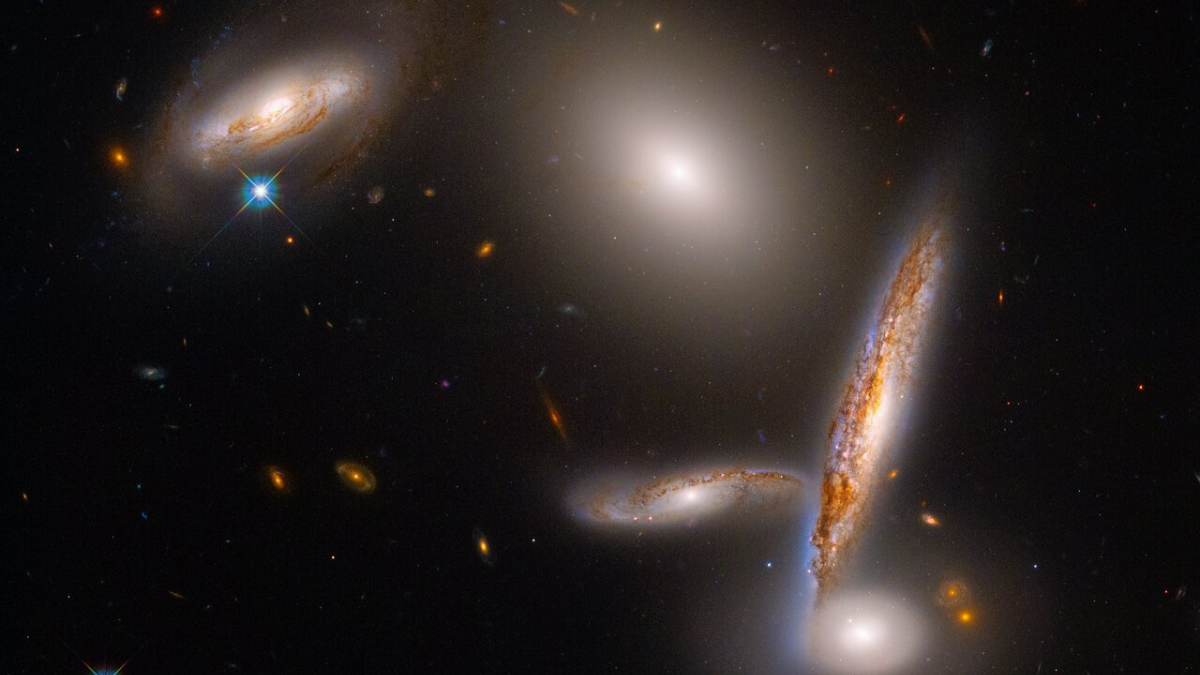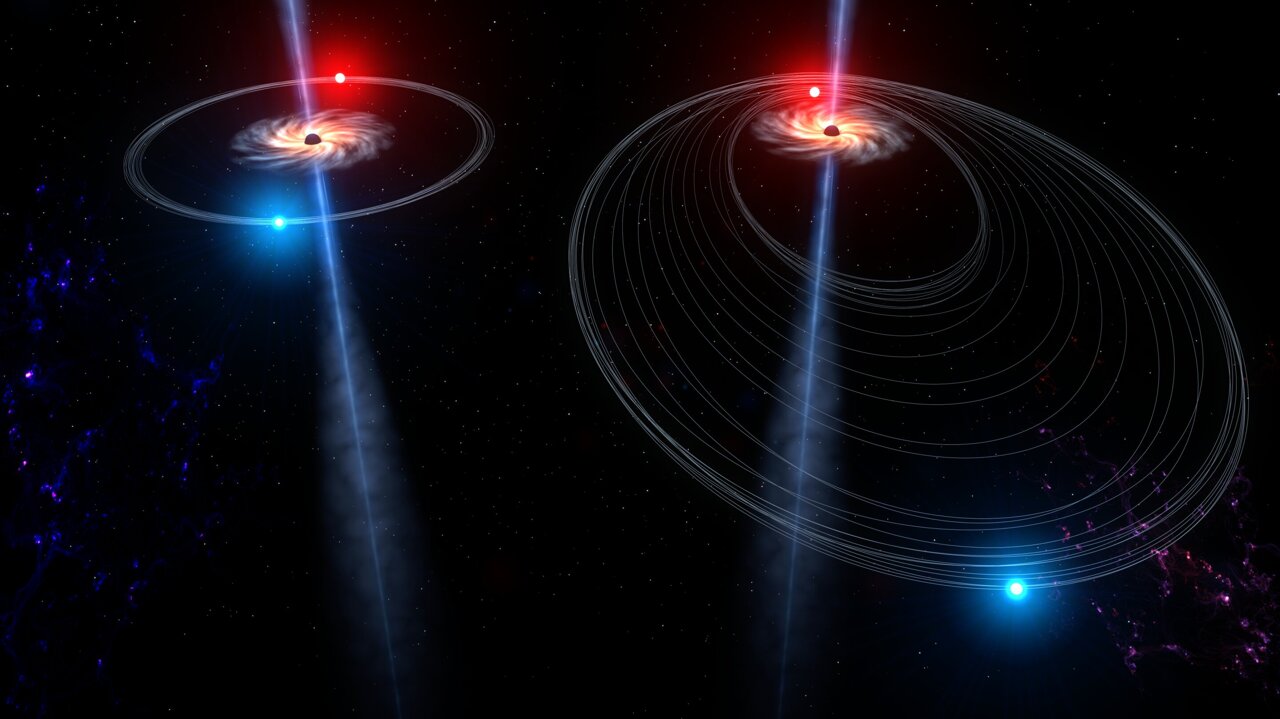Hubble image shows the merging of three galaxies
February 20, 2023 By Prelo Con

(Image Credit Google)
The Hubble Space Telescope's image from this week depicts a violent collision between three distinct galaxies. The trio, which can be seen in the constellation Boötes, is currently merging to form one single, massive galaxy.
According to Hubble scientists, "This collision trio, also known as SDSSCGB 10189, is a rather uncommon combination of three big star-forming galaxies sitting within only 50,000 light-years of one another." "Although that would seem like a safe distance, galaxies are very close neighbors if they are at that distance. The closest big galaxy to the Milky Way, Andromeda, is more than 2.5 million light-years away from Earth. Our own galaxy's neighbors are far farther away.

Throughout the universe, galactic collisions—where two or more galaxies come together—are common. These massive collisions can have one of two outcomes: either the galaxies merge to create a new, larger galaxy, as is the case here, or one galaxy obliterates the other.
Because there is so much space between each star, it is unlikely that stars from different galaxies will ever collide. However, most galaxies have a supermassive black hole at their center, and when these two enormous objects merge, gravitational waves are released, which can send stars soaring off in unexpected directions.
Usually, when a larger
galaxy collides with a smaller satellite galaxy, the larger galaxy will rob the smaller galaxy of its stars and material while retaining the majority of its shape. Other times, a collision's powerful gravitational forces might bend one or both galaxies into odd configurations.

Credit: Steven Burrows/JILA
In about 4 billion years, the Milky Way, our own galaxy,
will collide with the nearby Andromeda galaxy. The Triangulum galaxy, which is close by and may also be involved in this collision, may be drawn into orbit around the merging object before also crashing at some point.
By Prelo Con
Following my passion by reviewing latest tech. Just love it.



 Credit: Steven Burrows/JILA
In about 4 billion years, the Milky Way, our own galaxy, will collide with the nearby Andromeda galaxy. The Triangulum galaxy, which is close by and may also be involved in this collision, may be drawn into orbit around the merging object before also crashing at some point.
Credit: Steven Burrows/JILA
In about 4 billion years, the Milky Way, our own galaxy, will collide with the nearby Andromeda galaxy. The Triangulum galaxy, which is close by and may also be involved in this collision, may be drawn into orbit around the merging object before also crashing at some point.






